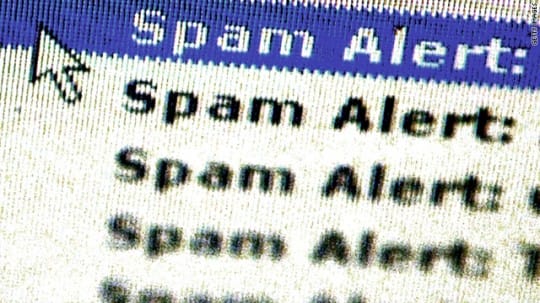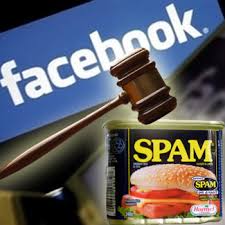Facebook is the most popular social networking site. It is used by many, from across different parts of the world. Due to the popularity and the user engagement that this site offers, it is also very popular with bloggers and webmasters.
Reasons why Facebook is a blessing for bloggers and webmasters

You know, Facebook is a leading source of referral traffic for many blogs! Thus, many bloggers treat this site as source of valuable traffic! Especially for new blogs, referral traffic from this site is very valuable. Because, organic traffic is something that new blogs don’t get to enjoy. Under such circumstances, referral traffic from Facebook comes handy! This is advantage number one.
Next come the aspect of social signals and its relation with SEO (Search Engine Optimization). You see, social signal is one among the 200 factors responsible for SERP (Search Engine Results Page) standings of a blog, in case of Google!
The better a blog and its content performs on social media, the better social signals it generates! So, it has become necessary for bloggers to make their blogs’ presence felt on social sites! Thus, this is the second advantage of using Facebook.
How does Facebook treats the URLs shared on it
Nowadays, Facebook is seriously directing its efforts towards keeping spammers and fake ids at bay. Basically, they are okay with the concept of users sharing URLs of various sites and blogs. But, at the same time, the alarming increase of spam links and fake ids have been of concern to them. Upon slight suspicion, they may treat a link as spam! This especially happens in the case of new sites and blogs, which don’t have much credibility.

Why do they treat your blog’s URL as spam?
The reasons are many. It may have happened that someone ‘reported’ your link as spam. Even over-aggressive promotion of a blog’s url on groups and wall may lead to it getting treated as spam.
Signs of Facebook treating your blog’s links as spam
There are many signs that denote it. I’ll run through the main ones here.
- Once your blog is labeled as spam, Facebook will ask you to fill up a ‘Captcha’ form to make sure that you are not a spammer, whenever you share its URL on your wall and updates!
- It won’t allow you to share your blog posts and links on groups. Most of the times, a message saying ‘Oops seems like something went wrong’ will pop up when you try to share it!
- If you fill the captcha form and share that link anyway, users who click on that link will be shown a warning stating that the link could be spam. Many users will freak out, seeing this, and stop right away!
- Despite all this ban and obstacles placed on sharing your blog’s links, you may be able to share other blogs’ links without any trouble. This shows that Facebook doesn’t count you as a spammer, but it considers your blog to be spam!

How to solve this problem?
There are two main solutions to this problem. They are- using the Facebook URL debugger tool or starting a campaign to ‘clean the image’ of your blog.
#1 Facebook’s URL debugger tool
All you need to do is paste the link, which is being treated as spam, on this tool. Upon doing so, the link and its content will be combed through and its various components marked up.
This tool is also called the Facebook URL Linter tool. After combing through the link, it shows up potential issues etc. Further, it also clears Facebook’s cache of that link and refreshes it.
The effectiveness of this tool, in solving our problem, has been inconsistent though. Many people applaud this tool, while some claim it is of no help. Even I got inconsistent results using it. But still, it is worth giving it a try. Or else, you have the second method to try out!
#2 The ‘image clean up’ campaign
You’ll need help of your friends to accomplish the task using this method. This method comprises of asking your friends on facebook to click on your blog’s link and accessing the main blog.
Upon doing so, Facebook will come up with the warning message stating that the site could be spam. Ask your friends to click on the ‘Not Spam’ button and access the blog. When considerable amount of ‘Not Spam’ hits are recorded, your blog will come clean! This method is all about proving the credibility of your blog!
Over to you
They say prevention is better than cure. It is better to be careful about not being too aggressive in promoting links on Facebook. But, by mistake, if you happen to fall prey to it, you may use the above methods to solve the problem of being treated as a spam site. If you liked my post, do share it!
This article is written by Richa Pandey. She is a senior Designer and consultant associated with Nehasoft India(NSI). She is expertise in offering responsive websites using platforms like HTML 5 and CSS 3.




